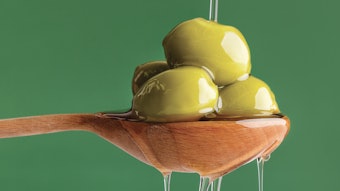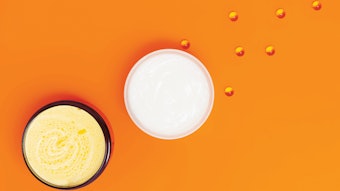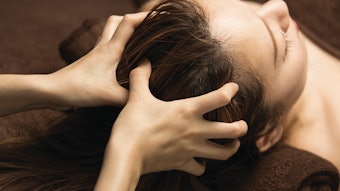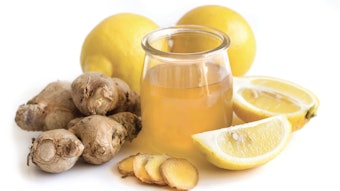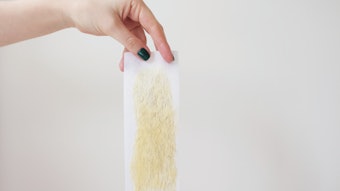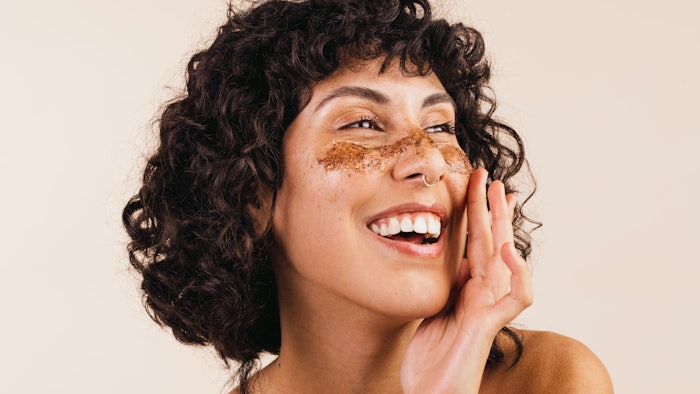
Exfoliation is an integral part of any skin care treatment or home care routine. However, there are numerous ways to exfoliate the skin. It can be difficult to figure out what method of exfoliation is best for different clients. This article will provide a general guide to exfoliation and what you need to know.
Desquamation vs. Exfoliation
Desquamation (also known as cell turnover) is the natural cycle of the keratinocyte cell from their inception in the stratum germinativum, through their maturing journey, and finally sloughing off from the stratum corneum. These cells are essentially dead once they reach that outermost layer of the epidermis and are continuously falling off without us needing to intervene.
As we age, this desquamation cycle slows, and we start to notice side effects like a dull complexion. Exfoliants are used to speed up this natural process so that we can more frequently shed that dull, dead layer of skin. Exfoliation plays an integral role in skin care, both in the treatment room and at home. It aids in the clearing of acne and hyperpigmentation, reveals glowing skin, smooths texture and more.
Physical vs. Chemical Exfoliation
When it comes to exfoliating, there are two methods: physical and chemical. Examples of physical exfoliation include dermaplaning, microdermabrasion and scrubs. Chemical exfoliants include products like chemical peels, corrective serums and some toners.
As skin care professionals, it’s our job to determine what form of exfoliation will best fit our client’s needs. While some of these decisions will be influenced by preference, there are many factors for us to consider. Let’s review this choice in a few client scenarios to put it into perspective.
The Acne Client
This client may benefit from chemical or physical exfoliation, but we need to first consider their skin type and acne type to make the decision. If there is any inflamed acne present, that rules out physical exfoliation. Acne is primarily caused by the excess shedding of skin cells within the pore, coupled with the retention of those cells within the skin’s natural oils, which creates a favorable environment for bacteria proliferation (hello inflammation). Because of this, not only do we need to exfoliate the stratum corneum, but we must also exfoliate within the pilosebaceous unit (the hair follicle, hair shaft and sebaceous gland).
This is best done through topical exfoliants like alpha hydroxy acids (AHAs), beta hydroxy acids (BHAs), retinoids and benzoyl peroxide. If the client is experiencing non-inflamed acne that is not responding as quickly as you’d like to topical exfoliants, a scrub may be needed. Be sure to consider your client’s skin type. For example, a dry client may tolerate a scrub one to three times a week without a problem, while your oily clients may be able to use a scrub three to five times a week.
The Mature Client
Our mature clients could be experiencing many things, but for this example, let’s say they’re experiencing dull complexion and wrinkles. A physical exfoliant like a scrub could be beneficial for the dull complexion, but keep in mind our mature clients may be on the dryer side. When it comes to issues like lines and wrinkles, this is where chemical exfoliants will shine, and this client will benefit from AHAs and retinoids. Glycolic acid can be a great option for many skin types, but your other alpha hydroxy acids like lactic and mandelic may be more suitable for a larger clientele base. In addition to being great exfoliants, these acids also have brightening, anti-inflammatory and skin-renewing properties.
Related: Experts Share Tips on Proper Client Exfoliation
The Hyperpigmentation Client
Another common issue our clients experience is hyperpigmentation, and chemical exfoliants will always be the superior choice for this condition. While chemical exfoliants would be the most effective choice, this client could also benefit from a physical exfoliant that has brightening properties. For all three of these clients, they will need to manage these conditions around the clock, meaning that receiving regular professional treatments is not enough. These exfoliants will also need to be used at home to truly make changes in the skin and this is especially true for hyperpigmentation.
Professional vs. At-home Exfoliants
Like mentioned above, at-home exfoliants like serums must be used regularly to manage some skin conditions. Depending on the brand, client, skin condition, etc., some serums will be used up to twice a day. This will not be the case for everyone, but is not uncommon when managing something like acne or hyperpigmentation.
AHAs such as lactic and mandelic acid are typically gentler formulations and may be better for this usage frequency. When beginning a retinoic acid, it is typically at a much slower pace, so be sure to follow brand guidelines when introducing new exfoliants to your client’s home care routine. While home care is extremely important, professional exfoliation is still an incredible tool. Professional treatments such as enzymes and chemical peels deliver results that clients cannot achieve on their own at home. For clients who are just looking to maintain their skin, treatments every four to six weeks are suitable. If you are working with a client with skin conditions like acne or hyperpigmentation, you may need to see them more frequently, at least in the beginning. Chemical peels especially can deliver incredible results for your clients, and can be packaged and sold in a series.
Ingredient Round-Up
See the differences between AHAs, BHAs and PHAs
Alpha Hydroxy Acids
AHAs exfoliate by loosening the bonds between dead corneum cells and encourage renewal in the skin.
Mandelic Acid. Exfoliating, antibacterial, brightening and anti-inflammatory properties, suitable for sensitive skin. Of the three AHAs, mandelic has the largest molecular size, meaning it penetrates slowly and evenly, resulting in less irritation.
Lactic Acid. Exfoliating and brightening properties, suitable for even dry skin types. While slightly smaller in molecular size than mandelic, lactic is still very gentle on the skin.
Glycolic Acid. Exfoliating properties especially helpful for mature skin. With the smallest molecular size out of these three AHAs, glycolic has long been looked at as a more “aggressive” acid.
Beta Hydroxy Acids
BHAs dissolve oil and are beneficial for those with oily or very oily skin.
Salicylic Acid. Anti-inflammatory, antibacterial and exfoliating properties. This is an excellent choice for those experiencing very oily and inflamed acne, where mandelic acid was too gentle and will be the first choice when dealing with papulopustular rosacea.
Poly Hydroxy Acids
PHAs belong to a group of acids whose molecular size is larger than AHAs and BHAs, meaning they don’t penetrate the skin as deeply, and are better suited to those with sensitive or reactive skin. While less known than AHAs and BHAs, PHAs have their place in the skin care industry due to their gentle and versatile qualities. The three PHAs most commonly used in cosmetics are:
Gluconolactone. Antioxidant and anti-inflammatory properties.
Galactose. Collagen stimulating properties.
Lactobionic. Hydrating and soothing properties.
Exfoliation Station
Regardless of what kind of skin your clients have, exfoliation is necessary to keep the skin healthy. Whether in the treatment room or in their home care routine, exfoliation is a must!
Alex Hernandez is a licensed esthetician and the clinic manager and lead educator at the Face Reality Acne Clinic in San Leandro, CA. She became a Face Reality Certified Acne Expert in 2018 and has worked with hundreds of acne clients in her esthetics career.


